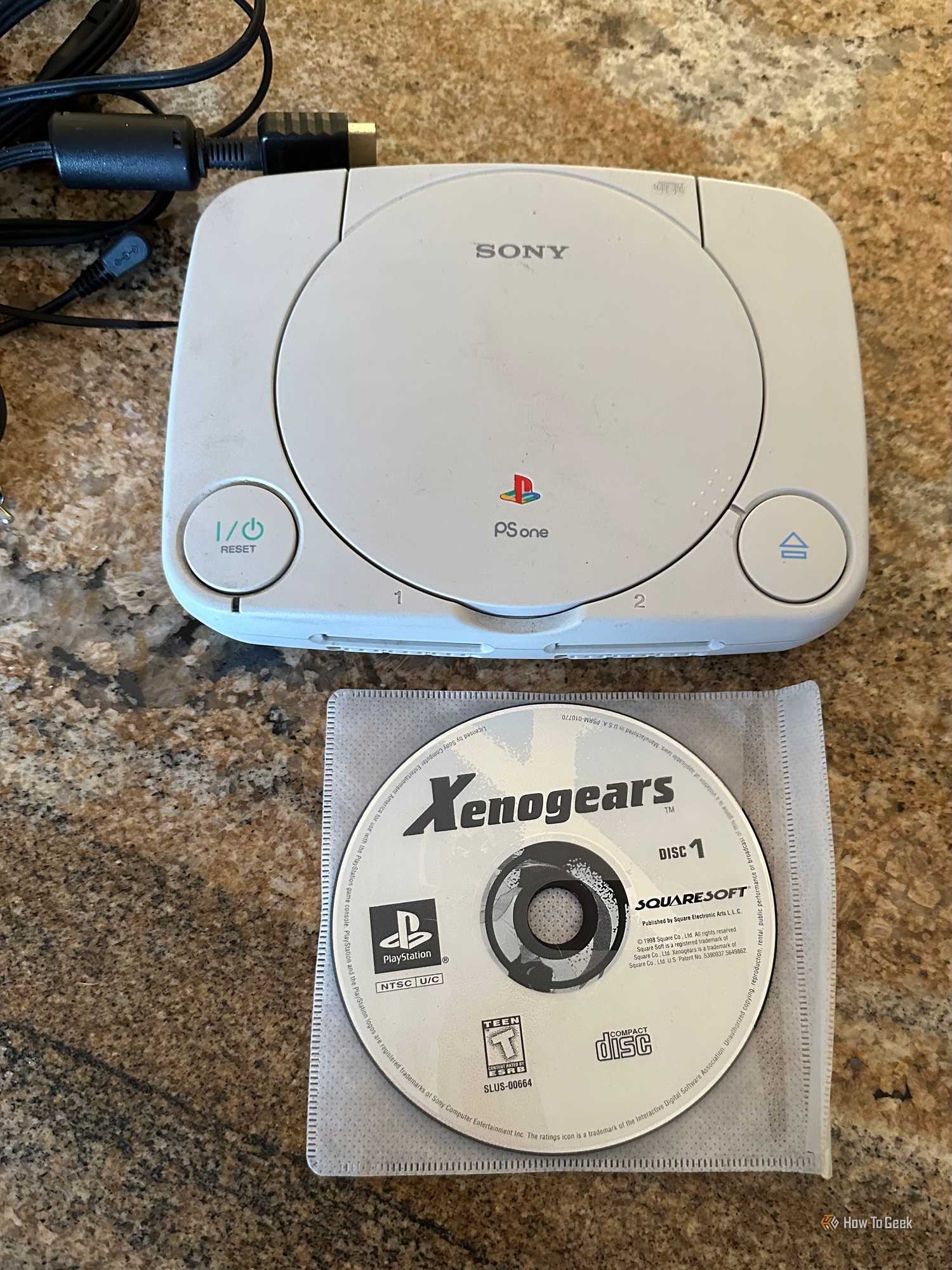Retro gaming and collecting retro games is all the rage right now, but there are some among us for whom there’s never been a break between “retro” and modern gaming. Their retro collections come from simply never getting rid of old games, but keeping them.
If that’s you, and you’ve got a collection of old games from your younger years in a box somewhere or (worse) sitting in your parent’s garage, I’m sorry to say that unless you check up on them, there might be no point much longer in storing them.
Our nostalgia has an expiration date
Video games are computer code, and computer code needs to live in some sort of physical medium. Games have come on all sorts of media over the years. The first video games I ever played came on audio cassettes and floppy discs. We’ve seen memory cards, small discs, cartridges, and everything in between.
The companies that created these media didn’t make them with long-term longevity in mind. When a company like Nintendo put out a game like Super Mario Bros., it wasn’t with the idea that you would hang on to that game for twenty or thirty years and still be playing it. It’s actually pretty surprising that games from the era where they were just considered children’s toys have lasted this long at all.
So if you have games hanging around from your childhood, or even if you’ve acquired ones from someone else’s, it’s a good idea to become familiar with the weaknesses of your games.
Cartridges aren’t immortal
There’s a lot of variation between what we call “game cartridges”, but in general, these are circuit boards with an edge connector, some sort of ROM storage, and in some cases a battery for game-saving storage.
Because designs differ, the exact failure points can vary. However, in general, the actual ROMs can become damaged and corrupt due to age, the metal components can corrode. For carts that have batteries, those batteries have a limited lifespan and when they go it’s possible for the battery to damage the parts of the surrounding printed circuit board.
The good news is that replacing the battery is usually pretty easy, as long as you don’t mind wiping the save games on the cart. If you do want to preserve them, you’ll have to acquire a ROM-dumping device, but you may want to have one of those for reasons I’ll cover a little later anyway.
Optical discs are quietly decaying
Nintendo was the last holdout for game cartridges, and you could argue with the Nintendo Switch, the company has returned to it. However, for most of the gaming industry, optical discs were the best solution. Current-generation consoles still use this format, though disc drives are now optional.
The longevity of optical discs is impressive. I personally own video game discs that are over 25 years old for the original PlayStation that are in perfect condition. So, by and large, your CDs, DVDs, and Blu-rays with games on them should be OK if they are stored somewhere that’s cool and dry.
If the storage conditions are good, the main risk is “disc rot” where the data layer of the disc degrades because it’s exposed to the outside world. This could be because of damage to the disc, or a manufacturing defect. Sadly, once it starts, the only thing you can do is make a copy of the disc to save the data or replace it with a new disc.
We tend to focus on the game media, but that doesn’t mean much if you don’t have anything to play it on. Ironically, optical game discs will likely outlive the actual optical drives on consoles. Cartridges that are well taken care of might outlast retro consoles like the NES.
Keeping these consoles running, or finding some other way to play your games, is the more challenging part of keeping your old game collection alive. The good news is that there’s an industry of new consoles designed to play retro games, and, of course, excellent software emulators. This isn’t the perfectly authentic and original experience, but it is a way to keep experiencing your own collection.
The grey area between preservation and piracy
Dumping ROMs, ripping your discs, and getting new emulation consoles to play your original physical media are all essential parts of keeping your old game collection alive. For a lot of people, this might feel like piracy. However, in general, making backup copies of your legitimate games is legal, as long as you don’t have to defeat copy protection in order for them to work. Likewise, emulation isn’t illegal at all, so using it to keep playing your legally purchased games is just fine.
Some of the games in your collection might be impossible to find elsewhere today, and memories are worth more than their weight in gold. So maybe crack open that old box of games and consoles, and see what still works, what doesn’t, and what you can save.



